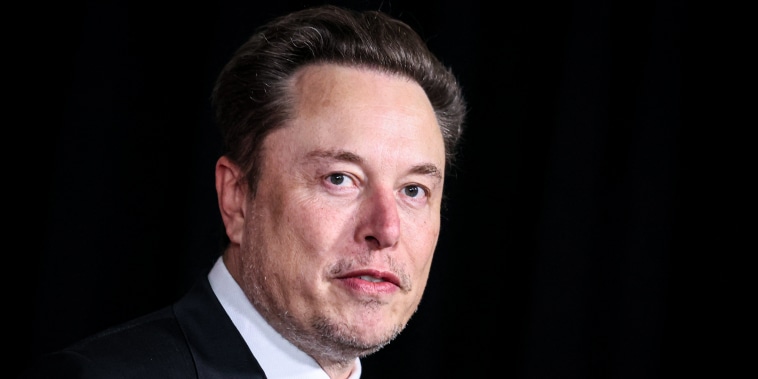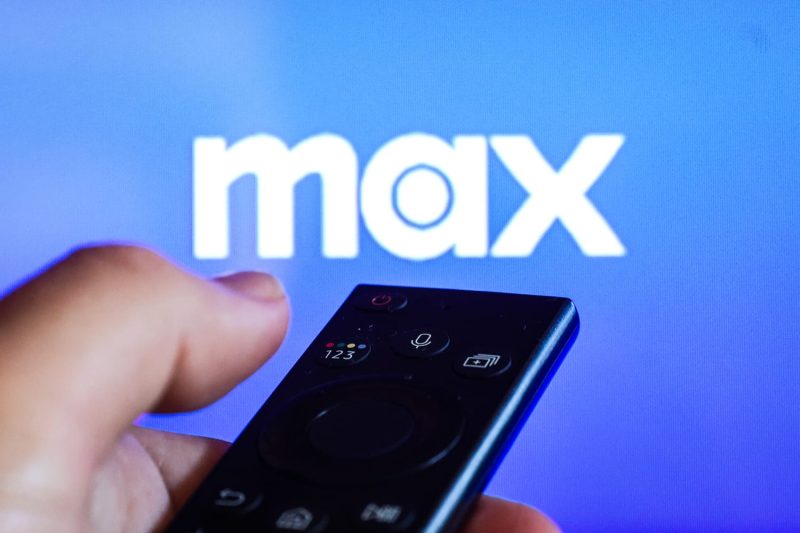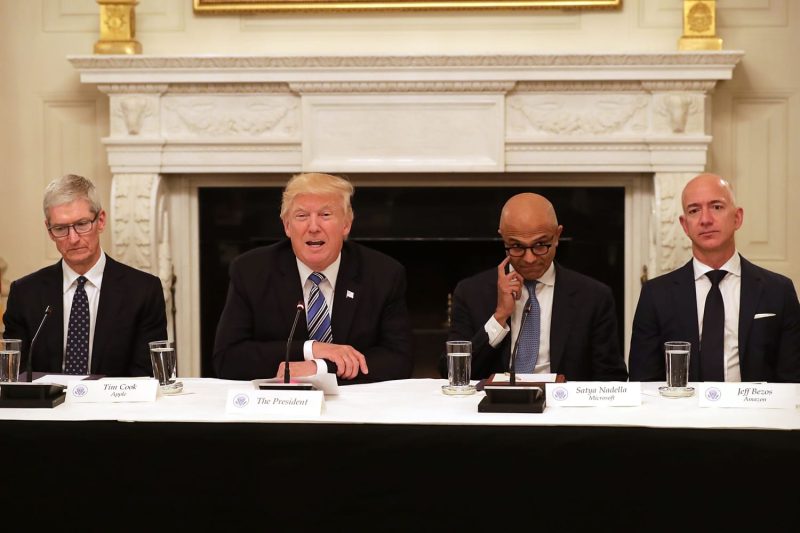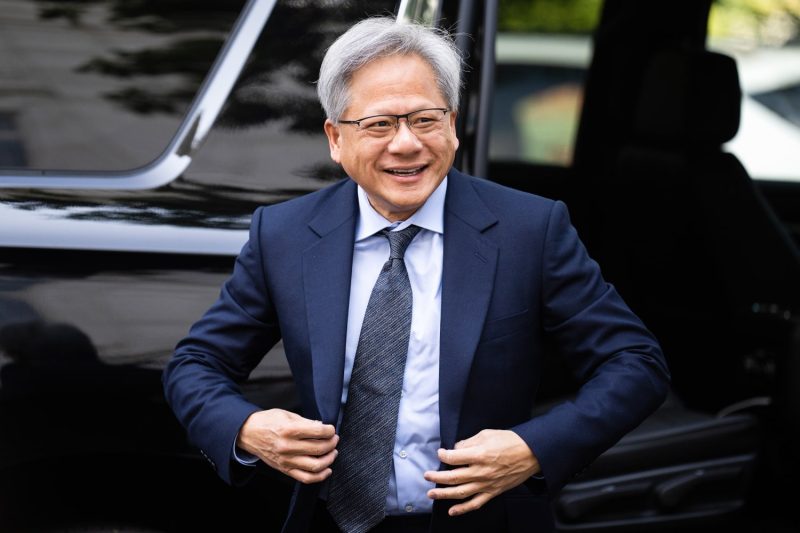
Tesla’s affordability push eases growing doubts about its performance and Musk’s focus
Tesla’s stock jumped about 8% in after-hours trading Tuesday after the electric vehicle giant reported its steepest annual revenue drop in over a decade.
Despite softer sales and a growing chorus of skeptics about CEO Elon Musk’s focus on the company, investors cheered its vow to ‘accelerate the launch of new models,’ likely including more affordable ones like the long-awaited low-cost Model 2.
‘They need to adjust to a new environment,’ Dan Ives, managing director at Wedbush Securities financial group, said on the heels of the company’s earnings report. Potentially speeding up the Model 2’s rollout ‘shows they’re listening,’ he said.
Tesla’s first-quarter revenues slid 9%, its steepest year-over-year decline since 2012. While the financial results were short of Wall Street’s expectations, investors are breathing a sigh of relief that the company appears to be prioritizing new vehicles.
Tesla has been facing more uncertainty on Wall Street than at any point since its near-bankruptcy several years ago. Its share price has plunged by nearly two-thirds — from about $407 at its November 2021 peak to about $145 as of Tuesday’s market close. The stock has held the title of the S&P 500’s worst performer this year.
Tesla remains the largest electric vehicle seller in the U.S., where overall EV sales growth has slowed after a booming 2023. According to industry website InsideEVs, 19 Tesla competitors’ combined sales growth over the past 12 months climbed 18% in the first quarter — the group’s slowest rate in years as they sold just 102,000 all-electric vehicles altogether. Tesla, for its part, delivered 386,810 vehicles alone in that period, down 9% from the same quarter last year and falling well short of analyst expectations.
‘Pessimism on the entire EV marketplace has reached very high levels,’ Mark Newton, head of technical strategy at the financial services group Fundstrat Global Advisors, LLC, said in an email before Tesla reported its earnings.
For the average Tesla investor, the falloff has meant significant financial losses over the past couple of years. The company’s declines have been in China, whose most successful EV automaker, BYD — which does not sell in the U.S. — has emerged as a key Tesla rival. Today, they are neck and neck for title of world’s largest EV maker.
‘They’re going through a brutal demand situation in China, and Musk is now trying to turn this ship around, which went from a Cinderella ride to a Category 5 storm,’ Ives said.
Facing greater competition, Tesla has been slashing prices to buoy sales, announcing over the weekend that it would discount Models Y, X and S by $2,000 each. It also said this month it would cut 14,000 employees, or 10% of its workforce.
In the last quarter, Tesla ramped up sales of the much-anticipated Cybertruck, but it recalled nearly 4,000 of them last week over a dangerous accelerator pedal defect.
Some Tesla investors attribute the company’s troubles not only to broader EV sales trends but also to Musk’s split focus across the other companies he oversees, especially the social media platform X, formerly known as Twitter.
‘There have been a lot of black-eye moments for Musk and Tesla,’ Ives said.
The tech guru’s net worth has shrunk by billions, though only enough to push him from No. 1 to No. 3 as the world’s richest person. His role in the company will be more formally examined in June, when Tesla investors will vote on whether to reinstate his $56 billion pay package after a Delaware judge struck it down earlier this year.
‘A lot of shareholders are using it as vote of confidence for the CEO,’ said Fred Lambert, a journalist who covers Tesla at EV website Electrek. But “in the grand scheme of things, Tesla is not in any danger,” he added.
Musk has been working to shift the narrative around Tesla. He now says the company is an ‘AI/robotics” company, even though cars still drive the bulk of its revenues. He recently posted on X that Tesla was now ‘going balls to the wall for autonomy,’ and has placed a new emphasis on rolling out fully automated robotaxis.
Lambert said he recently drove a new version of Tesla’s automated driving technology, which is officially called Full Self-Driving (Supervised), since it still requires a driver to remain attentive to what the vehicle is doing. He said the new software marks a leap forward and will further benefit from explosive gains in artificial intelligence in the broader tech world.
Increasingly, Tesla’s investments are going toward autonomous vehicle technology. While it’s not yet clear what the current consumer demand is for self-driving cars, Tesla is positioning itself to have an enormous head start, said Tyson Jominy, vice president for data and analytics at J.D. Power.
‘Given the number of cars they’ve sold, they’ve got a potential fleet of sleeper AVs ready to be activated by executive order … when and if that time comes,’ Jominy said.



